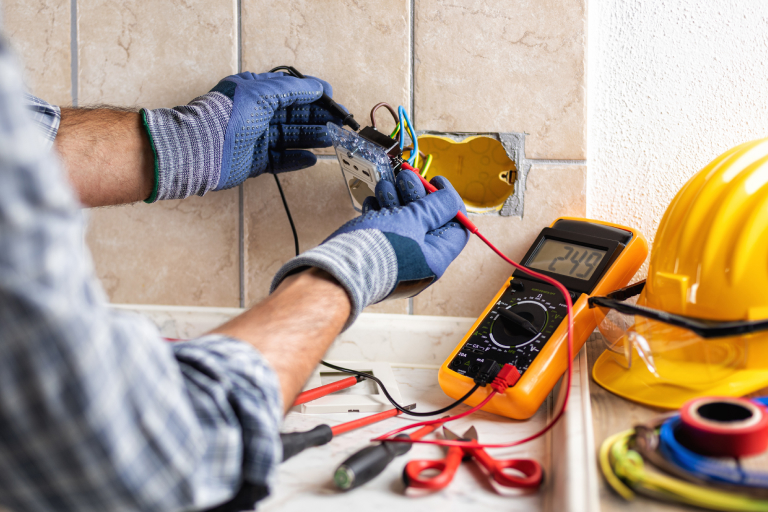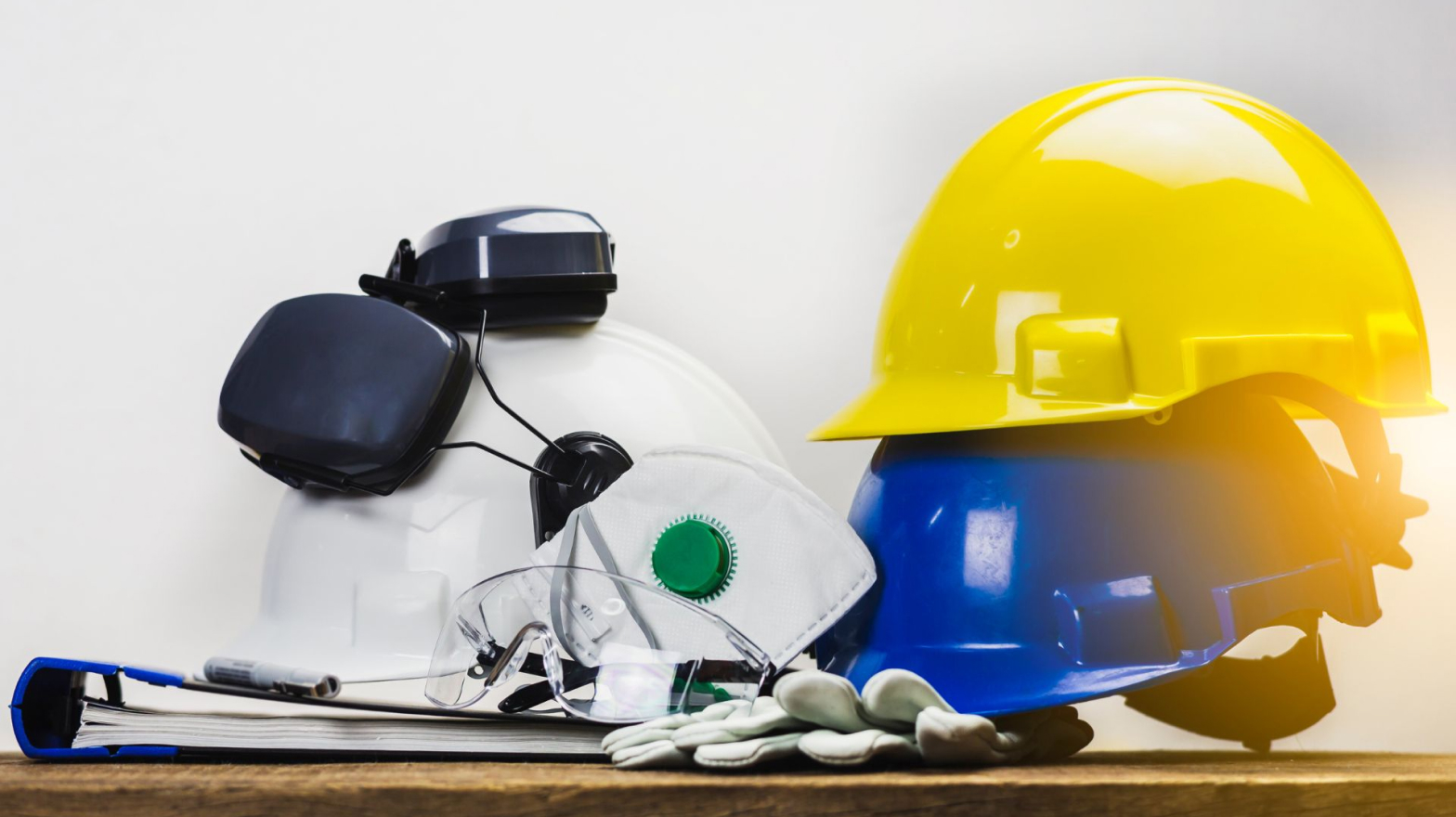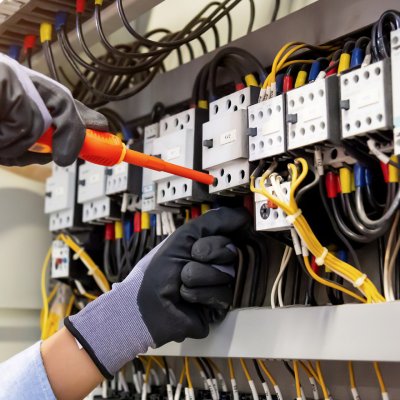A Guide to Electrician Safety Equipment
Safety is a fundamental requirement when working as a contractor. Electricians, in particular, face unique hazards daily, working with high-voltage electricity and intricate wiring systems.
Understanding the essential gear every electrician should have in their arsenal is key to mitigating risks and ensuring a secure working environment. From protective clothing to specialized tools, keep reading as we explore the crucial role each piece of electrician safety equipment plays in safeguarding against electrical hazards.
Gear up!
Understanding Electrical Hazards
Electricians are exposed to various hazards at work that can result in burns and electrical shock. Electrical energy, at high voltages, can even result in serious injury or death.
These incidents underline the importance of wearing personal protective equipment (PPE). Experienced or not, anyone can get injured while working in this trade. Insufficient insulation, overloaded circuits, and improper grounding are common causes of electrical accidents, emphasizing the need for vigilance and adherence to electrical safety training and protocols at the job site.
Construction sites, or areas where hazards are present, should complete a PPE hazard assessment to maintain the safety and well-being of all electricians and other contractors.

Image source: Canva
High-quality electrical PPE reduces the risks of electrical hazards. In particular, it can:
- Protect against electrical shock: Electrical PPE such as insulated gloves are specifically designed to insulate against voltage levels present in electrical systems.
- Prevent burns and injuries from arc flashes: Specific flame-resistant clothing protects your body against burns from an arc flash and provides thermal protection in case of an arc flash incident.
- Reduce injuries caused by electric shock: Safety shoes with non-conductive soles prevent the flow of electric current towards your body, protecting you from electric shock.
- Complies with necessary safety regulations: You can comply with relevant regulations to maintain a safe work environment.
- Lowers the risk of accidents: Using PPE when handling electrical equipment provides an extra layer of protection against injuries associated with electrical work.
When selecting the right types of electrical PPE, you need to ensure they fit OHS standards. To help you get started, let’s look at the key components of electrical safety equipment.
Complete List of Electrical Personal Protective Equipment
Head and Face Protection
Protecting your head is more than just the top of your head. It includes your face, eyes, and ears.
- Head protection: Wearing non-conductive hard hats when working protects your head from most dangers, like falling objects, electrical hazards and moving machinery.
- Eye protection: Wear standard safety glasses with plastic shatter-proof and impact-resistant lenses or helmets with face shields that guard against burns and flying particles.
If you use welding equipment, wear welding shields and helmets that protect your eyes from burns caused by infrared or intense radiant energy. Use arc-rated hoods that protect your head from injuries.
Torso and Full Body Protection
Full body protection minimizes the risk of injury in case of arc flash or arc blast. Flame-resistant shirts, pants, and coveralls are made from materials that self-extinguish when exposed to flames, reducing the risk of serious burns.
Full-body electrical PPE can also include jackets and vests, which provide an extra layer of protection against arc flashes.
Hand and Arm Protection
Insulated gloves and sleeves are essential for protecting electricians from electrical shock and burns while working with live electrical components. These specialized gloves provide insulation against high voltage and are rigorously tested to meet safety standards. These can be worn underneath leather protectors.

Image source: Canva
Electrician Safety Shoes
Safety footwear, including dielectric boots, is vital electrician safety equipment for protecting electricians from electrical contact injuries. These boots feature insulating materials to prevent electric shock and are designed with slip-resistant soles for stability on various surfaces.
Electricians should choose footwear with appropriate electrical resistance ratings and ensure they are properly maintained to uphold their protective qualities.
Fall Protection
Electricians who work on power lines hanging or suspended from a height should use insulated ladders or a harness as a safety net to ensure occupational safety in these electrical hazards.
You need a safety harness if working 3 metres above the ground. If it’s higher, you’ll need fall arrest and self-rescue equipment that will allow the workers to lower themselves in case of malfunctions.
Cover All Your Bases With Contractors Insurance
Electrical workers in the construction industry must invest in proper electrician safety equipment and maintain electrical PPE standards around the workplace. However, even with this layer of protection, accidents can still happen.
Complete, comprehensive electrician safety measures should extend beyond personal protective equipment. From project delays to contract disputes and theft, protecting your assets with insurance plays an important role in keeping business running smoothly.
As Ontario’s leading provider of personalized insurance policies, Contractors Insurance is proud to protect tradespeople and other professionals from potential hazards posed by the industry.
It takes more than just electrician safety equipment to protect you and your business—contact our team of brokers for a quick quote!
BACK TO ALL ARTICLES





Leave a Reply
Required fields are marked *